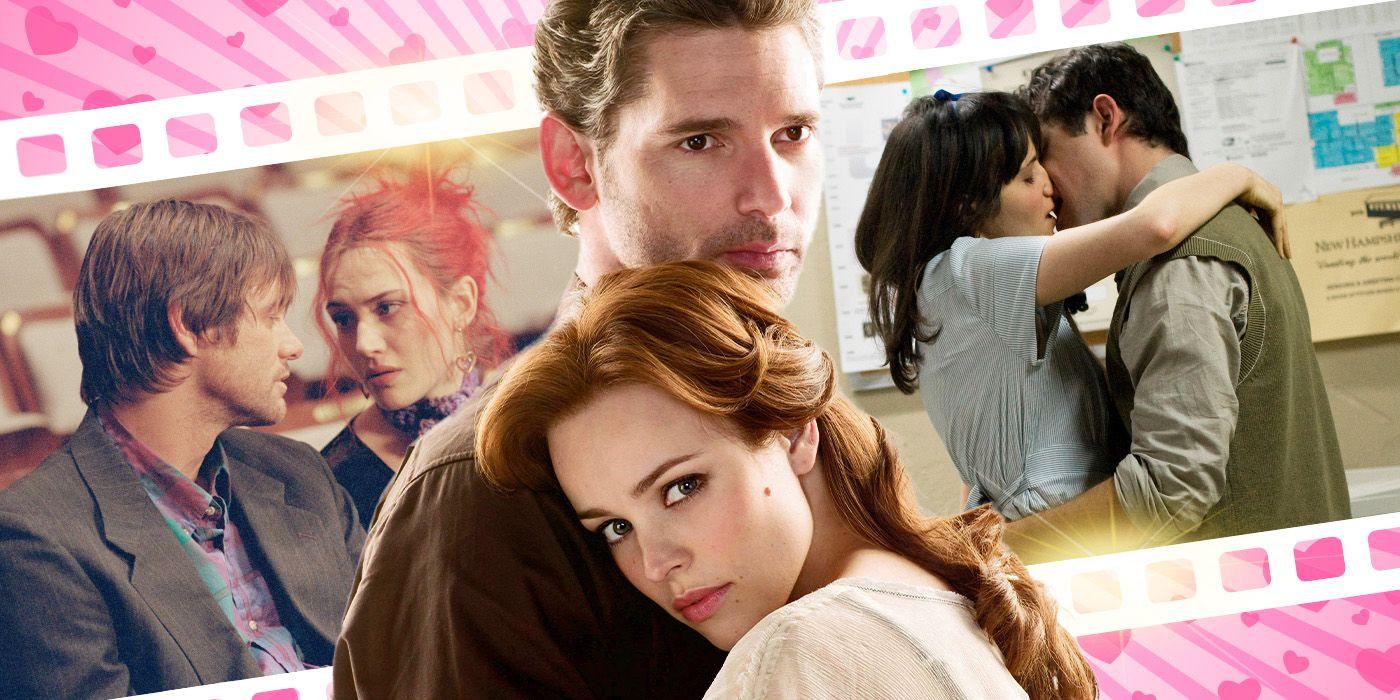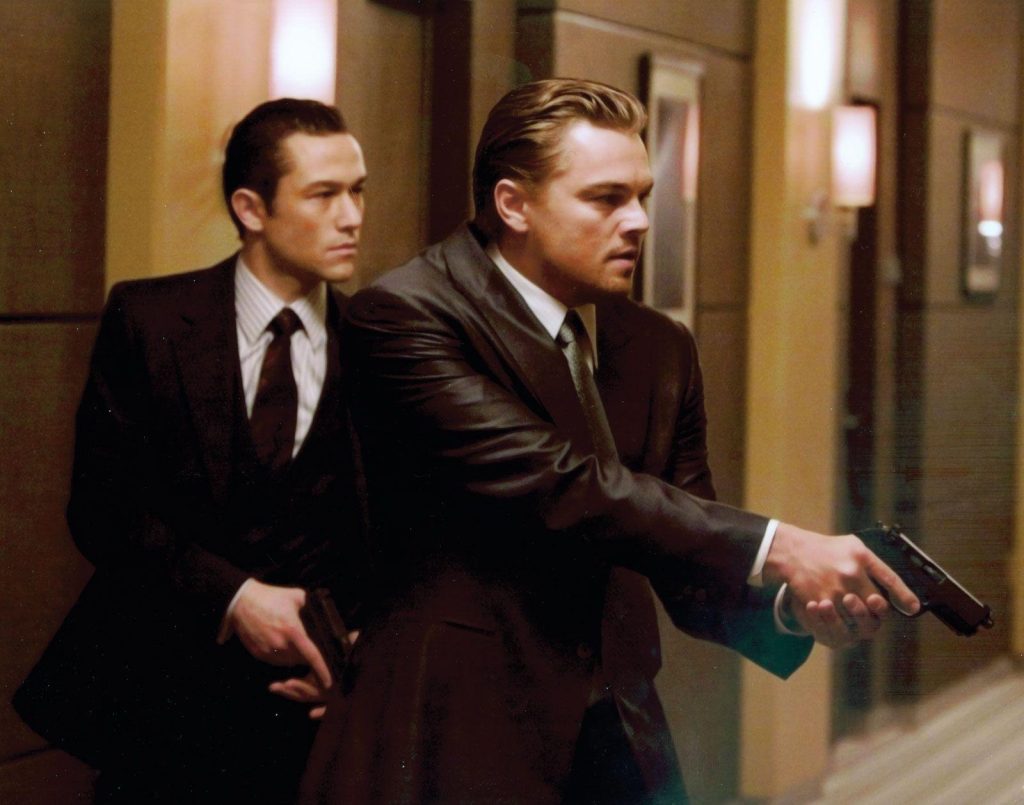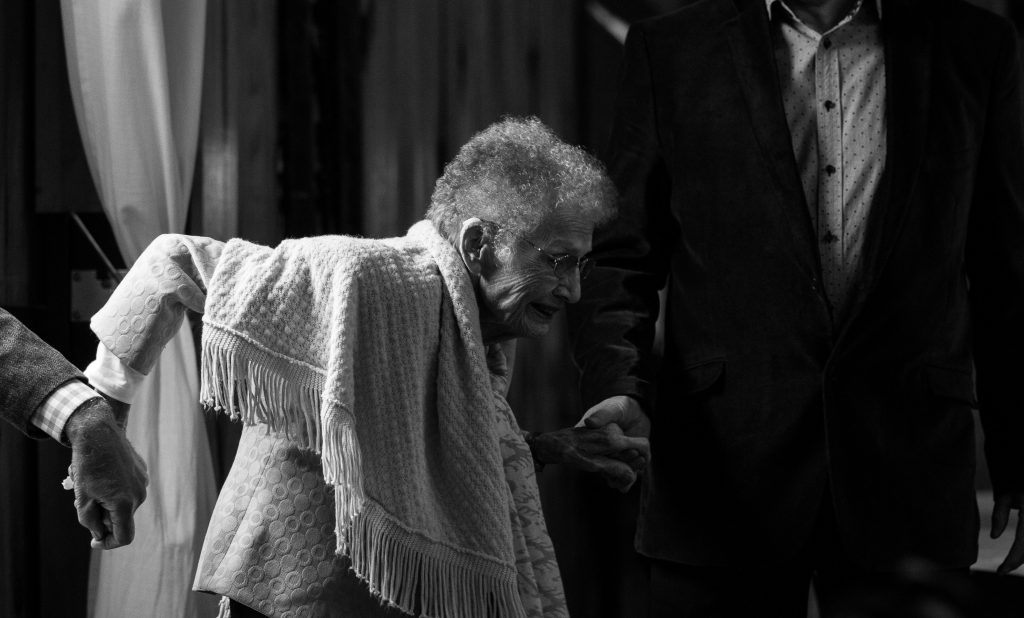In the realm of cinematic storytelling, few techniques captivate audiences quite like nonlinear narratives. This unconventional approach defies traditional chronological order, weaving together fragmented timelines to create a tapestry of suspense, intrigue, and complexity. At the forefront of this storytelling style stands Quentin Tarantino’s “Pulp Fiction,” a masterclass in nonlinearity that has inspired countless filmmakers and delighted viewers with its intricate plot structure. This article delves into the best films that, like “Pulp Fiction,” embrace nonlinear storytelling, analyzing how they manipulate time and sequence to enhance narrative depth and engage audiences in a dynamic viewing experience. From the fragmented memories of “Memento” to the interwoven tales of “Babel,” we explore how these films challenge perceptions and redefine the boundaries of cinematic storytelling, affirming the enduring allure and impact of nonlinear narratives in film.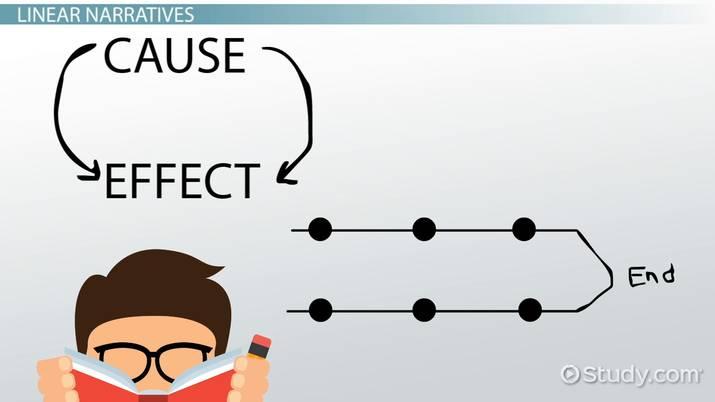
Exploring the Art of Nonlinear Storytelling in Modern Cinema
Nonlinear storytelling is a fascinating technique that challenges traditional narrative structures by disrupting the chronological flow of events. This approach can create a more immersive and engaging experience for the audience, as it demands active participation to piece together the storyline. Some of the best films that have effectively employed this method include Quentin Tarantino’s Pulp Fiction, which weaves together multiple interconnected stories in a seemingly random order, ultimately creating a cohesive narrative that is both compelling and innovative.
- Memento: Christopher Nolan’s masterpiece unravels its mystery by moving backward, revealing the protagonist’s motivations in reverse order, which forces viewers to continuously reassess their understanding of the plot.
- Eternal Sunshine of the Spotless Mind: Michel Gondry’s film explores the complexities of love and memory through a fragmented narrative, allowing audiences to experience the protagonist’s emotional journey in a uniquely disjointed manner.
- The Tree of Life: Terrence Malick’s visually stunning exploration of existence and spirituality unfolds through a series of vignettes that span different time periods, creating a poetic and thought-provoking tapestry of life.
Analyzing Narrative Techniques That Enhance Viewer Engagement
Nonlinear storytelling is a powerful narrative technique that captivates audiences by defying conventional chronological sequences. This approach often relies on flashbacks, flash-forwards, and fractured timelines to create a sense of mystery and intrigue. Films like Pulp Fiction exemplify how these techniques can deepen viewer engagement by encouraging active participation. As viewers piece together the narrative puzzle, they become more invested in the story, heightening emotional impact and enhancing memorability.
Key elements of nonlinear storytelling include:
- Temporal Shifts: Jumps in time can create suspense and allow for the revelation of information at strategic moments.
- Multiple Perspectives: Offering different viewpoints can enrich the narrative and add layers of complexity.
- Symbolic Structure: Repetition and motifs can provide cohesion and highlight thematic connections.
These techniques challenge viewers to think critically, rewarding them with a richer understanding of the film’s themes and characters. By breaking free from linear constraints, filmmakers can craft stories that resonate on multiple levels, ensuring a lasting impact on their audience.
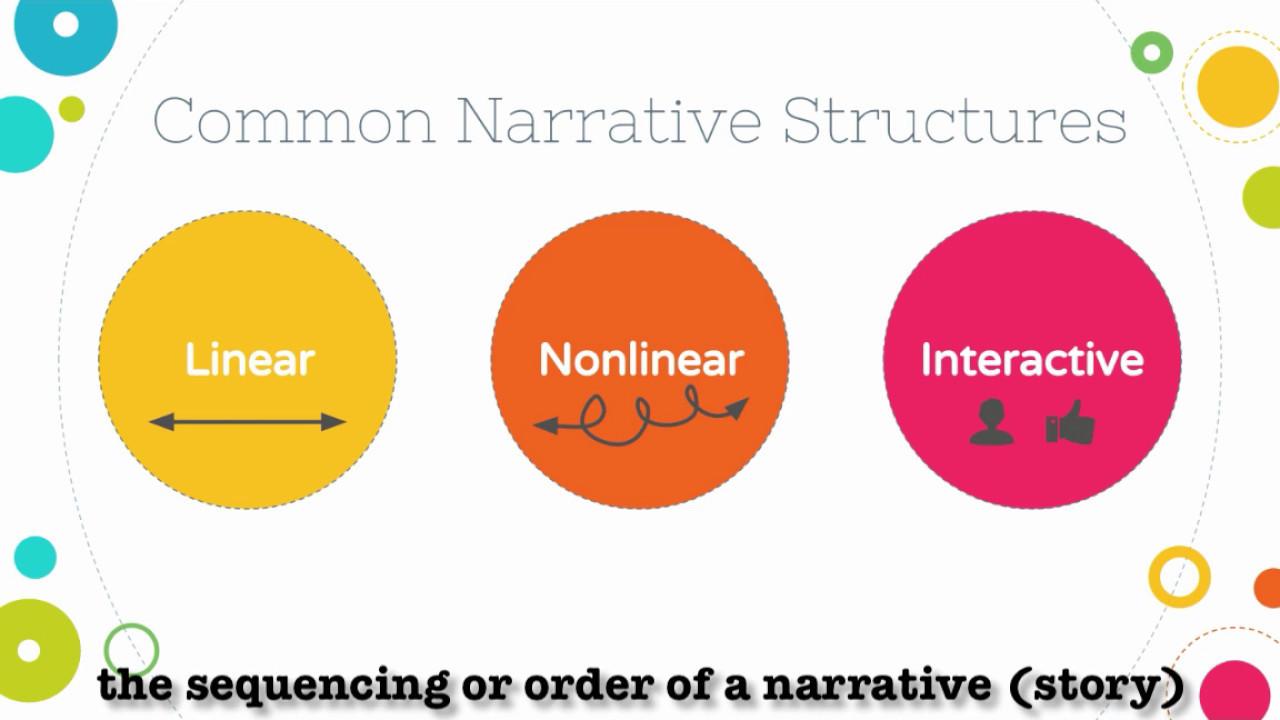
Unveiling Hidden Layers: How Nonlinear Structures Add Depth to Plot
The beauty of nonlinear storytelling lies in its ability to weave a complex tapestry of narrative threads that defy traditional chronological constraints. By shuffling the timeline, filmmakers can create a dynamic interplay of cause and effect, leaving audiences to piece together the puzzle with each new revelation. This technique not only enhances engagement but also deepens the emotional impact, as viewers become active participants in deciphering the story’s hidden layers. Nonlinear structures often amplify themes and character motivations, providing a richer, more immersive experience.
- Increased Engagement: The unpredictability of the narrative keeps audiences on their toes, fostering a more interactive viewing experience.
- Emotional Resonance: By revealing key plot points out of sequence, filmmakers can heighten emotional connections and deliver poignant moments with greater impact.
- Theme Exploration: Nonlinear storytelling allows for a more nuanced exploration of themes, as parallel storylines can intersect and contrast in unexpected ways.
Such intricate structuring transforms films like ”Pulp Fiction” into cinematic labyrinths, where every twist and turn offers a fresh perspective on the narrative. The nonlinear approach challenges conventional storytelling, inviting audiences to embrace the chaos and discover the profound depth hidden within.

Essential Films for Fans of Complex and Intricate Storylines
For those who relish films that unravel in a non-linear fashion, weaving intricate storylines that demand full attention and introspection, there are several must-watch movies that stand out. These films, much like Pulp Fiction, challenge traditional narrative structures and offer viewers a refreshing deviation from the conventional. Here are a few masterpieces that epitomize this storytelling style:
- Memento (2000): Directed by Christopher Nolan, this psychological thriller delves into the mind of a man suffering from short-term memory loss. The film unfolds in reverse chronological order, immersing viewers in the protagonist’s fragmented reality.
- Eternal Sunshine of the Spotless Mind (2004): This film, directed by Michel Gondry, intricately explores the complexities of memory and relationships. With its non-linear narrative, it delves into the subconscious, blurring the lines between reality and memory.
- 21 Grams (2003): Alejandro González Iñárritu’s gripping drama interweaves the lives of three characters through a fractured timeline, exploring themes of loss, redemption, and interconnectedness.
- Cloud Atlas (2012): A visually stunning film that spans multiple timelines and genres, co-directed by the Wachowskis and Tom Tykwer. It intricately connects six interrelated stories, each echoing themes of reincarnation and destiny.
These films are more than just entertainment; they are intellectual exercises that require and reward active participation. Their intricate plots and innovative storytelling techniques offer a rich tapestry of narratives that resonate on multiple levels, challenging audiences to piece together the puzzle and appreciate the artistry involved.

